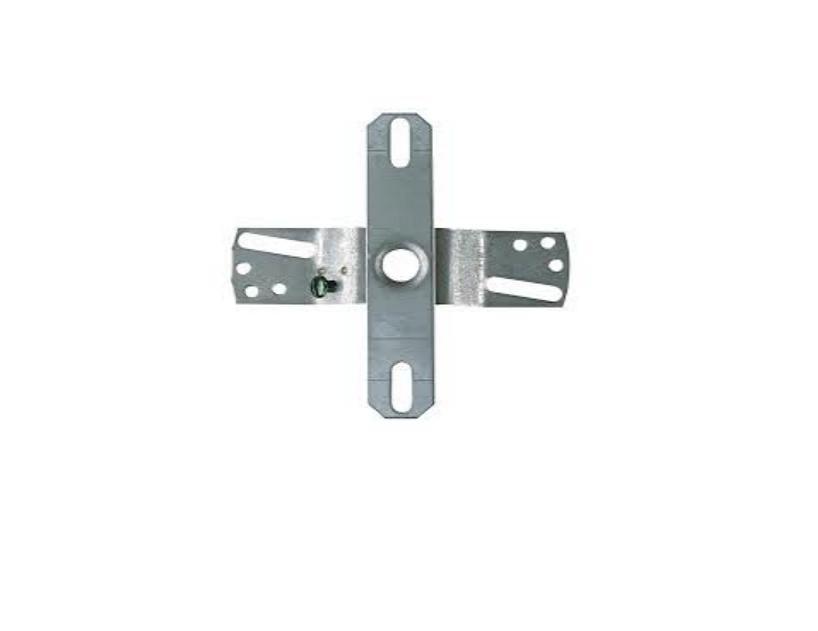The offset swivel crossbar is a great way to easily attach your kayak or canoe to the top of your vehicle for transport. The installation process can be done in under an hour and how you install it depends on how much clearance you have above your roofline.
In this article, we will show you how to install offset swivel crossbar with pictures and detailed instructions.

Steps on Installing Offset Swivel Crossbar
Step One: Find the best location where you want to install your crossbar. You will measure from either side of the vehicle and make a mark that is at least 18 inches away from any other protrusions on your car like antennas or roof racks. It should also be high enough up so it doesn’t interfere with how you open or close your car’s trunk.
Step Two: Place the crossbar on top of the vehicle and make sure it is lined up how you want from side to side. You will need to measure how far away from each edge of the roof, starting with one end then connecting that line to the other end. The measurement should be at least 12 inches from the edge of the roof.
Step Three: Drill pilot holes into your car’s underside for bolts that will keep it in place. You can find these screws at any hardware store, and they are typically rated to hold 150 pounds per bolt so make sure you choose a size appropriate for how much weight the crossbar carries (or how much weight you’ll be putting on it).
Step Four: Drive the bolts into your car’s underside and then tighten nuts onto them. Make sure that they are tight enough to prevent movement of the crossbar but not so tight as to strip out the threads, which would require replacing those bolts with new ones.
Step Five: Place the swivel crossbar on top of the bolt holes in your car’s underside.
Step Six: Put a washer and nut over each bolt, then tighten them with a wrench to secure the bar into place. Remember that you want it snug but not too tight; if they are too loose or tightened improperly, there is a risk for damage to the threads.
Step Seven: Make sure that you fasten all of your nuts securely so they are not rattling around, and then repeat for any other crossbars in this installation process.
Now you have installed a swivel offset crossbar on your vehicle! You will need it if you want to carry anything large, like a kayak.
Step Eight: Remember to tighten all of the nuts before you go out on your adventure! You’ll prevent any rattling that might loosen them and risk damage in transit, as well as make sure they stay secure for an extended period of time.
Importance of Installing Offset Swivel Crossbar
Offset swivel crossbars are a great way to make sure you can comfortably and safely carry just about anything. Whether it is your kayak, boat, or even an ATV on top of the vehicle. You won’t have to worry about how you’re going to get things from point A to point B with this installed!
How to Prevent Wear and Tear on a Swivel
#1. Make sure your load is distributed evenly on the crossbar. If you are only using one strap, make sure to use a ratchet strap that has loops in both ends so it can be tightened and loosened from either side of the bar for easier loading.
#2. Keep the strap tightly around your load.
#3. Use the straps to secure your load. – Take each strap over the load and then overlay it on top of the other, making sure they are not crossing or overlapping in any way.
#4. Be careful not to put the strap too low on the load as this will cause it to wear out quickly and may even break off. – Attach any accessories that are needed such as a bike rack or cargo carrier, but be sure they do not interfere with how your straps need to cross over each other.
#5. Tighten the straps until they are snug.
#6. If you have a lot of extra straps, it might be better to insert something like a stick or pole through the loop on each end and then tighten them around your load. This will prevent any slack from being created in the strap that could allow your load to shift around while driving.
How do you Transport Kayaks?
There are many different ways that you can transport kayaks, but how do you decide which one is the best for you?
Some of the more popular ways to transport a kayak are with roof racks or hitch carriers. Roof racks allow your vehicle’s top and bottom parts to be used as well as provide an extra layer of protection from rain and debris in case it falls from the sky.
Hitch carriers allow a kayak to be placed on top of your vehicle, which provides more room in the trunk for other items if you are driving alone or with just one person.
